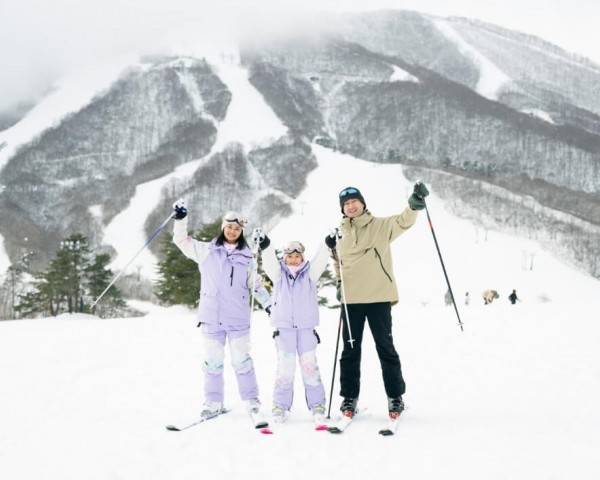Japan now stands tall as a top skiing destination in the Asia Pacific—Niseko, Hakuba, and Furano are quickly becoming must-visit spots for both locals and international visitors. Recent Visa figures hint that the ski scene here didn’t just bounce back from the pre-pandemic dip; in most cases, it’s now smashing old records, thanks mainly to an upswing in international ski travelers.
Record-Breaking Growth in Ski Tourism
Looking at Visa’s winter data from November 2024 to February 2025, there is a surprising 40% year-on-year jump in visitors heading for Japan’s leading ski areas. Total spending, for instance, increased by roughly 25%, a sign that these slopes are driving a growing economic impact. Generally speaking, international visitors—in fact, they make up about 80% of all ski travelers and contribute nearly 90% of the money spent—have almost doubled since the days before the pandemic, showing a 50% boost in arrivals.
International Appeal on the Rise
There’s now a diverse mix flocking to Japan’s snowy slopes. Australians top the list, coming in at roughly 30% of the international crowd, followed by visitors from the United States of around 20%. Travelers from Singapore, Thailand, and Malaysia collectively account for about 12% of the overseas total. Interestingly, Japan is increasingly favored by visitors from mainland China, even though it still trails behind New Zealand in popularity for Australians.
Niseko and Hakuba, however, remain the clear darlings among international ski travelers, drawing in nearly 50% and 35% of foreign visitors, respectively. Meanwhile, Furano, a local favorite, is turning heads with the fastest growth in international arrivals—a striking 70% increase compared to last year.
Spending Patterns: International Travelers Lead the Way
Domestically, visitors tend to spend around five days on the slopes, but international travelers really open their wallets—they spend over three times as much each day. And it isn’t just about skiing; over 90% of these visitors tack on an extra nine days to their holiday, meandering through urban centers like Tokyo, Osaka, and Chiba. Daily spending in these cities climbs by roughly 35%; about 40% flows into department stores, discount outlets, and grocery shops, with nearly 20% going to meals.
When you break things down further, entertainment, lodging, and restaurants account for between 50 and 70% of the total spend for both foreign and local guests, while the ski resort experience itself covers over 40% of what international travelers invest. Modern pay methods are a hit here too—contactless transactions make up more than 80% of international spending. Nearly half of these payments happen through mobile devices, reflecting a 30% leap from the previous year.
Economic Impact Beyond the Slopes
Beyond the snowy trails, the surge of international visitors is giving a much-needed boost to the broader Japanese economy. The hefty spending by these travelers in city centers sends ripples well past the ski resorts, as they wander, shop, and explore after their time on the slopes. In most cases, this trend shows that Japan isn’t just a skiing hotspot—it’s becoming a well-rounded travel destination with plenty to offer off the pistes as well.

